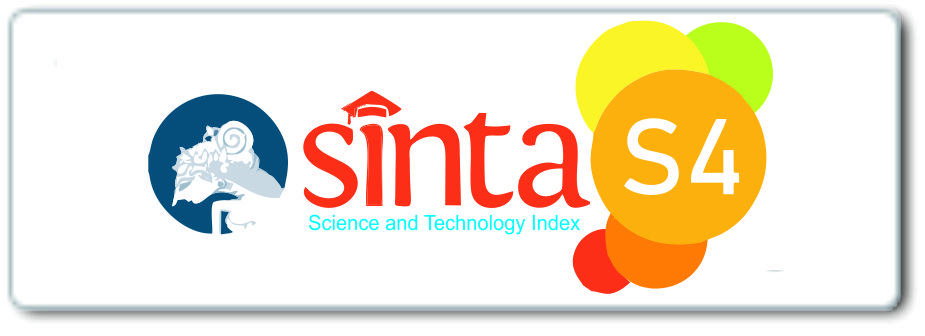Penerapan Teori Big Five Personality dalam Perancangan Karakter Maskot
DOI:
https://doi.org/10.34010/visualita.v13i1.12715Keywords:
mascot, personailty, big five personality theory, character designAbstract
The mascot, as a representative of the brand, plays a crucial role in interacting with and building relationships with the audience. In order to create a believable mascot, an understanding of the mascot's personality is necessary. This research aims to apply the Big Five Personality theory as a reference in designing mascot characters for the DKV SCU program. Primary data was collected through a questionnaire filled out by 80 respondents. Respondents were selected using purposive sampling method, consisting of DKV SCU students aged 18-23, both male and female, residing in Semarang, Central Java. The results of the research identified a series of visually recognizable characteristics related to physiological, social, and psychological aspects. Furthermore, the discussion explores the relationship between these characteristics and the five dimensions of the Big Five Personality Theory. The conclusion of this research provides recommendations regarding the concept of character related to personality in depth within the framework of the Big Five Personality Theory as a basis for mascot visual design.
Downloads
Downloads
Published
Issue
Section
License
Authors who publish with Visualita agree to the following terms:
- Authors retain copyright and grant the journal right of first publication with the work simultaneously licensed under a Creative Commons Attribution-NonCommercial 4.0 International License.
- Authors are able to enter into separate, additional contractual arrangements for the non-exclusive public distribution and display of the journal's published version of the work (e.g., post it to an institutional repository or publish it in a book), with an acknowledgement of its initial publication in this journal.
- Authors wishing to include items (such as images or other media, or any creative works of others whether previously published or not) must contact the original copyright holder to obtain explicit permission to publish these items in Visualital. Writing permission should include: the title(s) of any copyrighted work, original place of publication if applicable, and an acknowledgement of having read Visualita copyright notice. Authors are responsible for obtaining this permission and keeping it in their own records for later verification.






